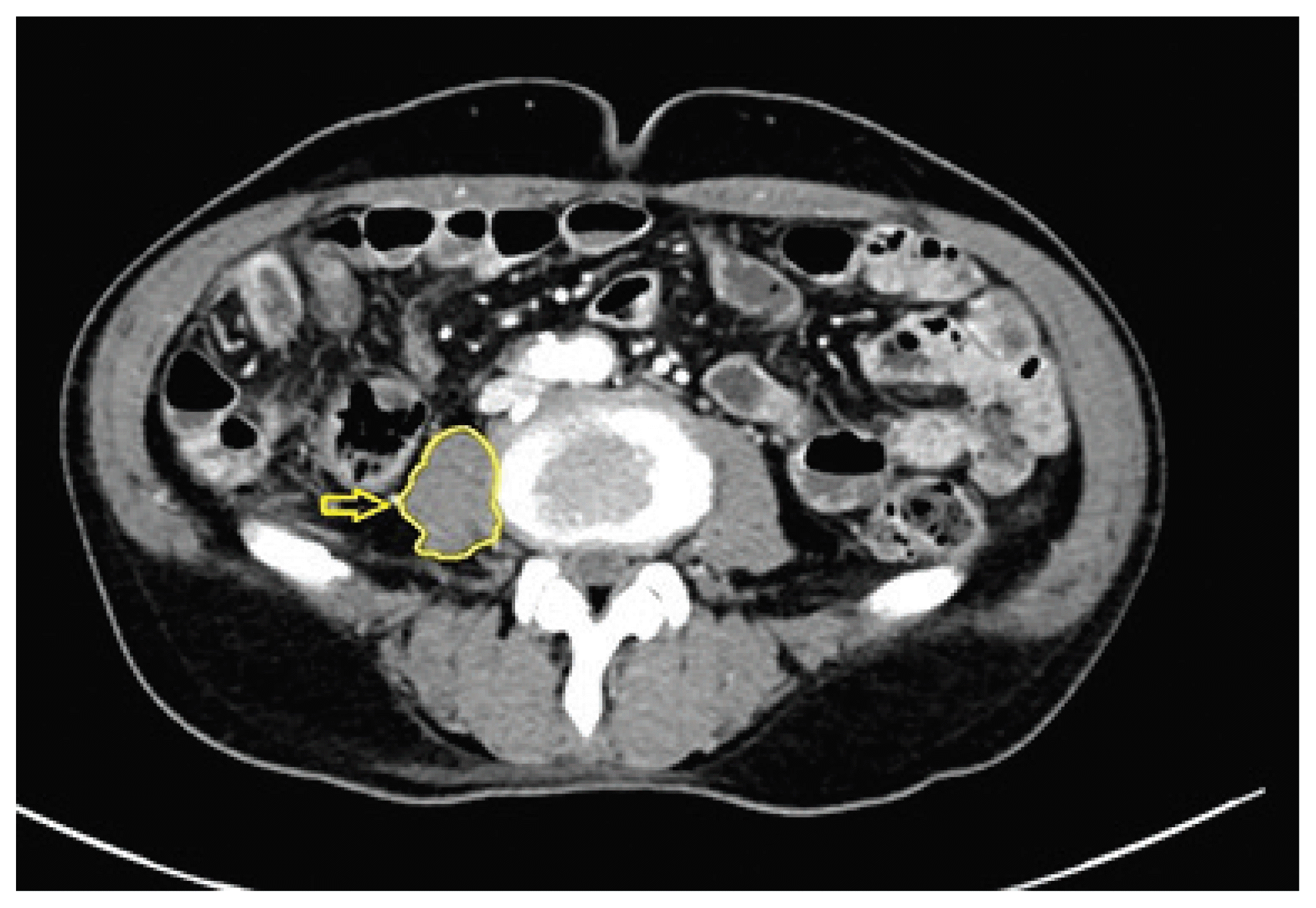1. Schuppand D, Afdhal NH. Liver cirrhosis. Lancet. 2008; 371:838–51.
2. Kalafateli M, Konstantakis C, Thomopoulos K, Triantos C. Impact of muscle wasting on survival in patients with liver cirrhosis. World J Gasteroenterol. 2015; 21:7357–61.

3. Kim HY, Jang JW. Sarcopenia in the prognosis of cirrhosis: Going beyond the MELD score. World J Gastroenterol. 2015; 21:7637–47.

4. Tsien C, Shah SN, McMullough AJ, Dasarathy S. Reversal of sarcopenia predicts survival after a transjugular intrahepatic portosystemic stent. Eur J Gastroenterol Hepatol. 2013; 25:85–93.

5. Englesbe MJ, Patel SP, He K, Lynch Rj, Schaubel DE, Harbaugh C, et al. Sarcopenia and Mortality After Liver Transplantation. J Am Coll Surg. 2010; 211:271–8.

6. Montano-Loza AJ. Clinical relevance of sarcopenia in patients with cirrhosis. World J Gasteroenterol. 2014; 20:8061–71.

7. Gu DH, Kim MY, Seo YS, Kim SG, Lee HA, Kim TH, et al. Clinical usefulness of psoas muscle thickness for the diagnosis of sarcopenia in patients with liver cirrhosis. Clinic Mol Hepatol. 2018; 24:319–30.

8. Marie S, Eduard P, Jennifer LD, Jennifer CL. Frailty is independently associated with increased hospitalisation days in patients on the liver transplant waitlist. World J Gastroenterol. 2017; 23:899–905.
9. Jennifer CL, Kenneth EC, Jennifer LD, John B, Dorry LS, John PR, et al. Development of a novel frailty index to predict mortality in patiens with end-stage liver disease. Hepatology. 2017; 66:564–74.
10. Durand F, Valla D. Assessment of prognosis of cirrhosis: Child-Pugh versus MELD. J Hepatol. 2005; 42:S100–7.
11. Reid JG, Livingston LA, Pearsall DJ. The geometry of the psoas muscle as determined by magnetic resonance imaging. Arch Phys Med Rehabil. 1994; 75:703–8.

12. Cruz-jentoft AJ, Baeyens JP, Bauer JM, Boirie Y, Cederholm T, Landi F, et al. Sarcopenia: European consensus on definition and diagnosis. Age Ageing. 2010; 39:412–23.
13. Silva M, Gomes S, Peixoto A, Ramalho PT, Cardoso H, Azevedo R, et al. Nutrition in chronic liver disease. GE Port J Gastroenterol. 2015; 22:268–76.

14. Kim TY, Kim MY, Sohn JH, Kim SM, Ryu JA, Lim SH, et al. Sarcopenia as a useful predictor for long term mortality in cirrhotic patients with ascites. J Korean Med Sci. 2014; 29:1253–9.
15. Imamura K, Ashida H, Ishikawa T, Fuiji M. Human major psoas muscle and sacrospinalis muscle in relation to age: a study by computed tomography. J Gereontol. 1983; 38:678–81.

16. Chen LK, Liu LK, Woo J, Assantachai P, Auyeung TW, Bahyah KS, et al. Sarcopenia in Asia: Consensus Report of the Asian Working Group for Sarcopenia. J Am Med Dir Assoc. 2014; 15:95–101.

17. Kim KE, Jang SN, Lim S, Park YJ, Paik NJ, Kim KW, et al. Relationship between muscle mass and physical performance: is it the same in older adults with weak muscle strength? Age Ageing. 2012; 41:799–803.

18. Haehling S, Morley JE, Anker SD. An overview of sarcopenia: facts and numbers on prevalence and clinical impact. J Cachexia Sarcopenia Muscle. 2010; 1:129–33.

19. Levitt DG, Levitt MD. Human serum albumin homeostasis: a new look at the roles of synthesis, catabolism, renal and gastrointestinal excretion, and the clinical value of serum albumin measurements. Int J Gen Med. 2016; 9:229–55.

20. Alber AB, Suter DM. Dynamics of protein synthesis and degradation through the cell cycle. Cell cycle. 2019; 18:784–94.

21. Huang SW, Hsieh FC, Lin LF, Liao CD, Ku JW, Hsiao DJ, et al. Correlation between Body Composition and Physical Performance in Aged People. Int J Gastroenterol. 2018; 12:186–90.

22. Mourtzakis M, Prado CMM, Lieffers JR, Reiman T, McCargar LJ, Baracos VE. A practical and precise approach to quantification of body composition in cancer patients using computed tomography images acquired during routine care. Appl Physiol Nutr Metab. 2008; 33:997–1006.

23. Antonio J, Kenyon M, Ellerbroek A, Carson C, Burgess V, Tyler-Palmer D, et al. Comparison of dual energy x-ray absorptiometry versus a multi frequency bioelectrical impedance device for body composition assessment after a 4-week hypoenergetic diet. Funct Morphol Kinesiol. 2019; 4:23.




 PDF
PDF Citation
Citation Print
Print



 XML Download
XML Download